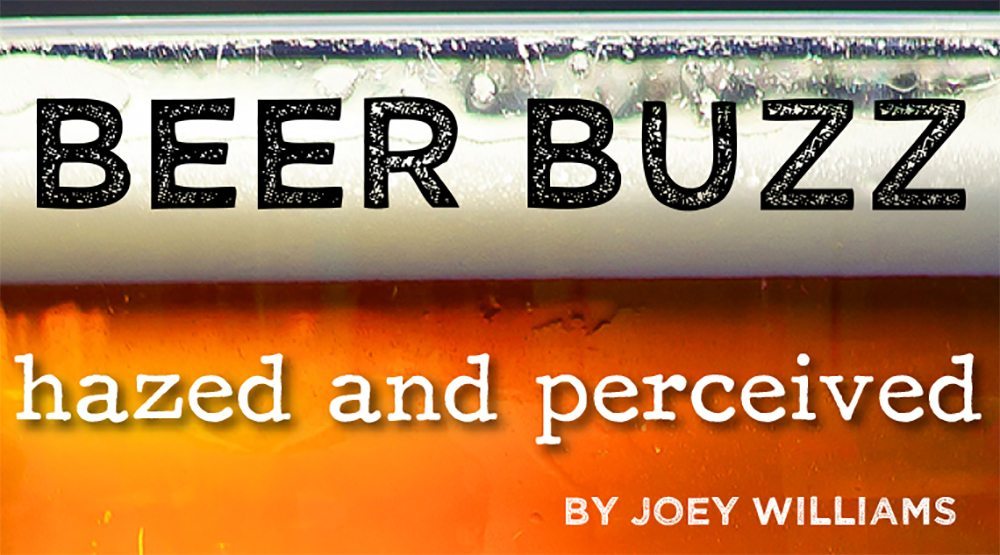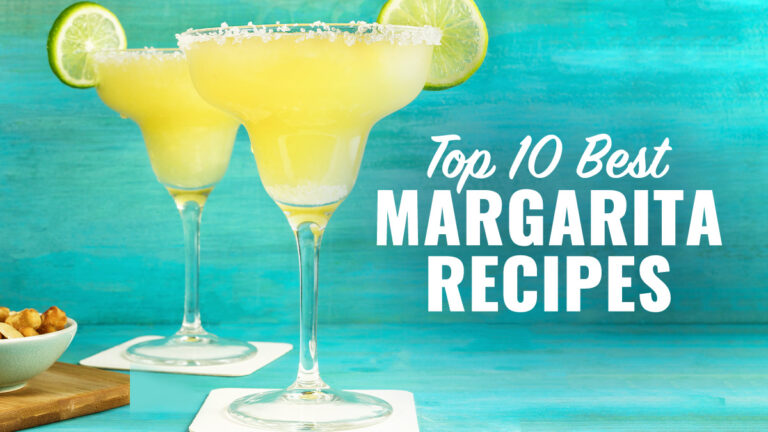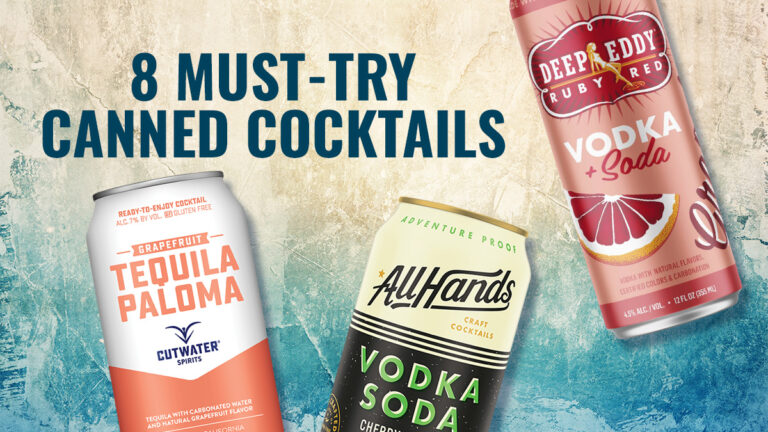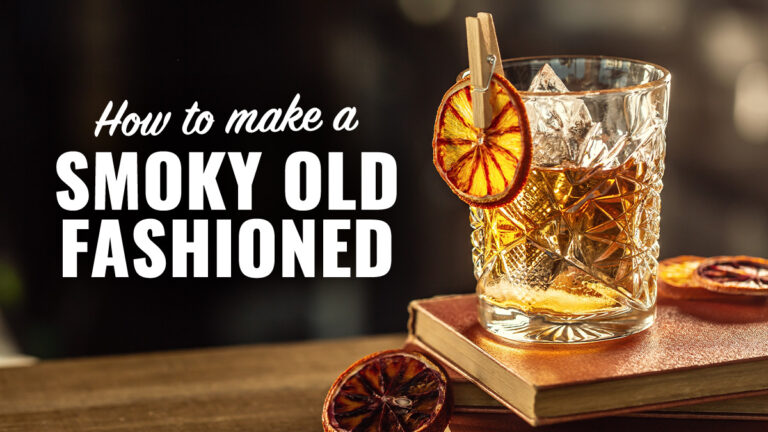
For much of its history in American craft beer, the IPA has been a golden, or amber, beer with good clarity; meaning you can see straight through the glass. For any of you unaware, a movement has been under way for a handful of years now of IPAs that look like something other than what we’ve come to expect an IPA to look like. This movement, coming out of the Northeast, is towards IPAs that look cloudy like a hefeweizen (German wheat beer), resembling a glass of orange juice. Many articles have covered this trend (it’s not a fad, but we’ll get to that), but I’d like to come at it from a different angle. I’ve voiced my interest in perception and its impact on what we taste. I’d like you to join me on dive into the haze of these beers; dissecting what creates the look and how it impacts what we taste in the end.
What are New England IPAs?
First, a little background for those not familiar with the NE IPA concept. Northeast, or New England IPAs are prized for their intense, mostly tropical fruit hop aroma and flavor, a fuller creamy body (or mouthfeel) and less perceived bitterness. It is beloved for a “more flavor, less bitter” approach. The style is said to have originated in Vermont at John Kimmiches’s The Alchemist with Heady Topper. The hazy, cloudy appearance was not an initial concern, but a beer packed to bursting with juicy hop flavor and aroma raised some questions making the appearance was hard to get passed.
And therein lies my question: how much of the flavor intensity of these beers is a result of the “haze?”
More accurately, does the “haze” really matter? All things the same, could a beer this intense in juicy hop flavor and aroma even be made with a clear appearance?
I’m not just wondering about the look, but the other factors that create it. In my “poking around” on the internet, I found a fantastic quote,
“Flavor is in the mind, a perception, influenced by everything from color to scent to mouthfeel”
Not only does the haze make the beer look noticeably different, but it is also an indication of various things in suspension within the liquid that make it feel different in the mouth. I believe these two factors, appearance and mouthfeel, set your brain up to look for and find pronounced citrus and tropical fruit flavors/aromas. My argument is that the haze does matter and it does have a noticeable impact on your perception of flavor intensity.
Where does the Haze Come From?
The haze can come from the use of specialty grains, like wheat or oats, copious amounts of hops (especially dry-hopping) or yeast strain. We’ll tackle these one at a time.
The use of specialty grains, like wheat or oats, can be seen to help contribute to haze in beers like German and Belgian wheat beers. The larger proportion of proteins in these grains interact with other compounds in the beer to form particles that, when left unfiltered can create a cloudy appearance. More importantly, the use of such grains contributes to a favorably creamy mouthfeel. This feeling comes from larger quantities of complex carbohydrates in these grains, in comparison to barley.
There is also a belief that ridiculous amount of hops used in this style of beer, especially dry-hop additions, can contribute to something called “hop haze,” which can affect clarity. As mentioned with the specialty grains above, hops have their own sets of compounds that when added in large quantity, contribute to a less clear appearance.
Finally, another leading contributor to haze in most beers is yeast. Many of these new hazy beers derive some of their flavor from unique yeast strains. These yeast strains are used for their own fruity flavors (esters) and that they remain in suspension after fermentation, causing a more opaque appearance like a hefeweizen.
So, I know you’re asking yourself, what’s all of this have to do with the way the beer tastes? I’m going to quote myself from a previous article I did about perceptions and how they pertain to beer:
“Mouthfeel and appearance impact our perception of flavor. We experience beer with our eyes before our nose or mouth ever get involved. The color, and clarity, of a beer suggests something to you. Once you taste it, the weight in your mouth and on your tongue may or may not line up with how you feel the beer should be.”
Returning to my earlier question, “How much of what is perceived as flavor in these beers is affected by the ‘haze?’” My argument is that both the golden-orange color and hazy appearance, resembling a glass of orange colored fruit juice sets our brain up to both expect and look for those fruit flavors. When your receptors pick up that medium-full and fluffy/creamy body created by the brewer, with the additions of specialty grains, your brain puts the two together and starts looking for the flavors it expects. Low and behold, copious amounts of citrus and tropical fruit flavors and aromas!
Now, I’m not arguing that the boatloads of beautiful new world hops like Mosaic, Citra, Amarillo or Galaxy aren’t doing most of the heavy lifting in creating the rounded body and fruit flavors. I’m saying that the experience would be lacking, in comparison, if the extra effort to create the “haze” wasn’t taken. It’s the art of the brewer to create that flavor AND put it forward in a way that provides the most enjoyable experience.
A lot of my interest in the impact of the “haze” came from a Twitter conversation Scott Metzger, Founder of Freetail Brewing Company in San Antonio and Brewers Association board member, was Tweeting with the local beer community. Metzger was discussing all things haze and I jumped in a couple of times, which got me thinking about this whole subject.
When I reached out to Scott for this article, he offered another interesting topic for debate; is it fair to call this style an IPA with so much of it being a departure from what we know as IPA. Not just the look and the feel, but the bitterness (measured in IBUs – International Bitterness Units) is lower than required for the style in the competition world. Metzger had this to say, “Because of all the above I am hesitant to even call these beers IPAs. That isn’t to knock them, but rather to say I believe the innovators of this style haven’t merely created a twist on India Pale Ale – they have created something new altogether. This [style] is unique, delicious and has staying power.” I reached out to a handful of folks at local breweries who’ve been playing around with the style and they all seem to feel the same way. This thing, whatever it ends up being labeled, is here to stay!
So, here’s the part where I tell you a handful of fun things that you can walk into your local Spec’s and get…right?! Well, sort of. There are a handful of similar but not exact styles that I’m going to point out to you to try so you can experience what I’m talking about. Each have the impact of the haze that spurs our enjoyment of this style of beer.
Beers
Sculpin & Unfiltered Sculpin “side-by-side”
American IPA (7.0% ABV)
Ballast Point Brewing Company (San Diego, CA)
This is the closest we can get to trying a clear/filtered version against an unfiltered/semi-hazy version. The difference isn’t just filtration, with the unfiltered having more late-boil and dry hop additions (meaning more flavorful and worth a try on its own!) and less bitterness…made to answer the call for a NE IPA?
Friday IPA
American IPA (6.0% ABV)
Martin House Brewing Company (Fort Worth, TX)
Another IPA influenced by an NE IPA, Friday IPA is brewed with a large portion of wheat for some haze and a similar mouthfeel, but still has a more standard IPA bitterness. I reached out to the brewery for more information on the beer and Cody Martin, Founder and Brewer, shared with me his opinion that, “appearance is secondary to the flavor,” which lead right into him telling me that they’re toying with a Saturday IPA that might be even closer to an NE IPA. We’ll keep watching, because these guys are doing some really fun, enjoyable things!
Houston Haze
Northeast/New England-style IPA (6.5% ABV)
SpindleTap Brewery (Houston, TX)
One of the easier beers to grab, if you’re willing to travel a little up 59N, Houston Haze was one of the first packaged offerings of this style in Houston. The brewery just released Batch #4 last week and it seems like everyone that wanted some has access when it’s released. The reply to my constant asking of when this will be available for retail (Spec’s) is, “it’s coming.” I’m going to hold them to that…you should too!
It’s worth mentioning that the brewery just collaborated with Larry Koestler, Co-Owner of Third Rail Beer (Manhattan, NY) and homebrewer Rich Wein on another special limited NE IPA offering called Juiceton. Quoting Larry directly from his Houston Beer Guide article about Houston’s growing love of the haze, he says, “Juiceton will be a hazy, juicy AF Double IPA clocking in at 8.0%, with the creamy, soft, pillowy mouthfeel you love, propping up heroic quantities of Citra, Mosaic, and Simcoe. Hit with multiple rounds of dry-hopping, this worthy successor to Houston Haze will deliver that massively tropical and fruit-forward hop flavor we all crave.” The beer just went into tanks, so you’ll have to keep up with the brewery to find more information.




